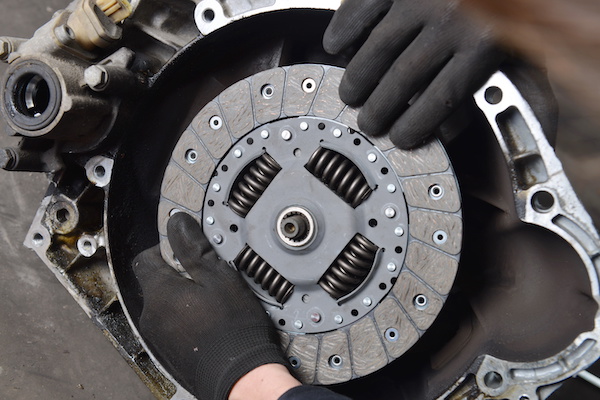
Brake failure can bring about horrific vehicle accidents and even fatalities. As a result, we stress routine brake checks, maintenance, and repair. Your brakes must always be full-functioning to ensure a safe ride. As a vital car component, there have been significant improvements in the braking system over the last several decades. However, the most prominent types of brakes today are drum brakes and disc brakes.
Drum Brakes
Drum brakes are a more old-fashioned version of brakes that feature a simple design with low production costs. They are usually made out of cast iron and function by applying two arched shoes. Whenever you apply these brakes, brake fluid is pushed into the drum brake constraining the pistons to press against the surfaces. This movement slows down the wheels and eventually brings your car to a complete stop.
Disc Brakes
Disc brakes are more modernized in design and have more features than drum brakes. They are commonly used today. Disc brakes have brake calipers that clamp the brake pads against each side of the spinning disc. The biggest advantage of a disc brake is that it has better heat resistance and won't lose its stopping power.
What Are the Differences?
- Speed - Overheating doesn't occur in disc brakes, making it the preferred option for most vehicle owners. On the other hand, drum brakes are inclined to overheat quickly due to their ability to generate heat.
- Response Time - Drum brakes have a better, faster response time than disc brakes.
- Self-Rocking - Drum brakes are naturally self-rocking.
- Torque - Disc brakes have high torque transmitting capabilities, and drum brakes have a low torque transmitting capacity.
Despite the differences between the two brakes, it all depends on the vehicle you operate and your lifestyle preferences. If you need brake repair or any other auto services, you can trust our ASE-certified technicians to get the job done. Give us a call or visit today at University Chevron!